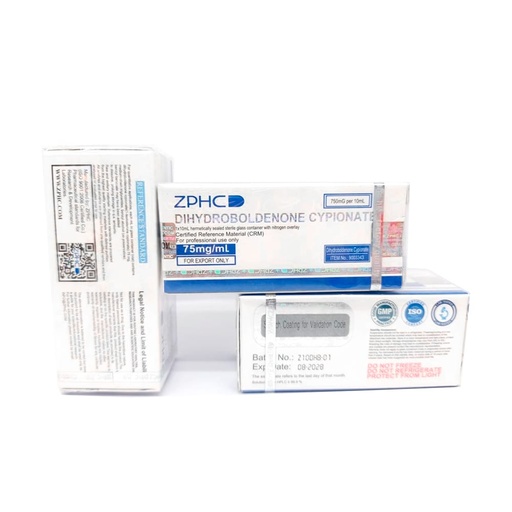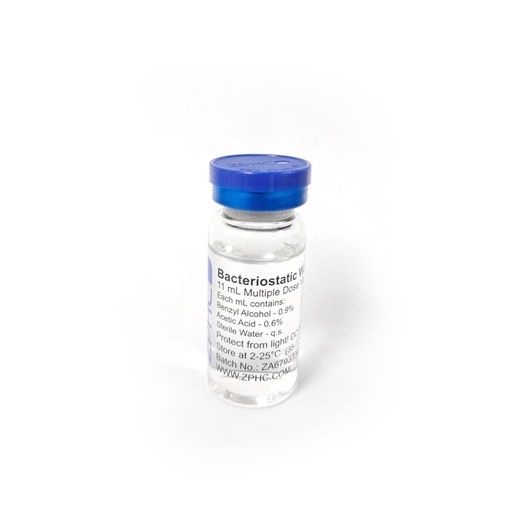In the digital age, the internet has made it easier than ever to access health products, medications, and even performance-enhancing substances like steroids. We'll walk you through how to check pharma and steroid websites on this blog to guarantee your safety and well-being.
Why Verifying Pharma and Steroid Websites is Crucial
Main targets for counterfeiters include the steroid and pharmaceutical sectors. Products sold on bogus websites could be either blatantly harmful, polluted, or inefficient. Among the major health hazards these fake drugs and steroids can create are allergic responses, infections, or long-term bodily harm.
Make sure the website you are using is reputable, reliable, and permitted to sell the goods they present if you want to avoid these hazards. Here's how to manage that.
Steps to Verify Pharma and Steroid Websites
1. Check the Domain Name
Many times, scammers build websites using domain names that closely match those of real-world companies. They might so substitute "pharmacomlabs.net" for the real "pharmacomlabs.com." Check the URL always twice for strange extensions or spelling mistakes.
Search the address bar for the padlock icon, which shows the site protects your data using HTTPS encryption.
2. Use Domain Age Checker Tools
Tools like Domain Age Checker—e.g., domainAGchecker.com—can assist you ascertain the date of creation of a website. A newly created site devoid of any history is more prone to be fake. Well-known websites with a lot of experience usually are more reliable.
3. Research the Company
Search for details about the business running behind the website. Legal pharmaceutical and steroid suppliers will have a clean record, phone number, and usually a physical address.
Look for quotes and testimonials from customers. Websites with just perfect ratings should be avoided since these could be created. On sites for independent review, seek for fair comments.
4. Verify Licensing and Certifications
Legal pharmaceutical and steroid websites will show their expertise and licensing front and foremost. Search for seals of approval from pertinent national authorities in your country or regulatory agencies such as the FDA (Food and Drug Administration).
If you're not sure, cross-reference the company's certifications using the database of the official regulatory body.
5. Examine the Website’s Content
Common indicators of a fake website are poor grammar, spelling errors, and low-quality photos. Real businesses make investments in professional web design and content.
Look for thorough safety information, use guidelines, and product descriptions. Lack of these kinds of information raises questions.
6. Check for Secure Payment Options
Legit websites will provide safe payment choices including credit card processors or reliable third-party PayPal systems. Sites that solely accept bitcoin or wire transactions should be avoided as scammers typically use these to evade traceability.
Final Thoughts
Within the area of medications and steroids, your health and safety should always come first. Investing time to confirm a website's legitimacy will help you avoid fake goods, money loss, and maybe dangerous health effects.
Remember, in terms of your health, trust is earned—not given. So stay safe, stay informed, and protect yourself from the dangers of fake websites.



